Introduction
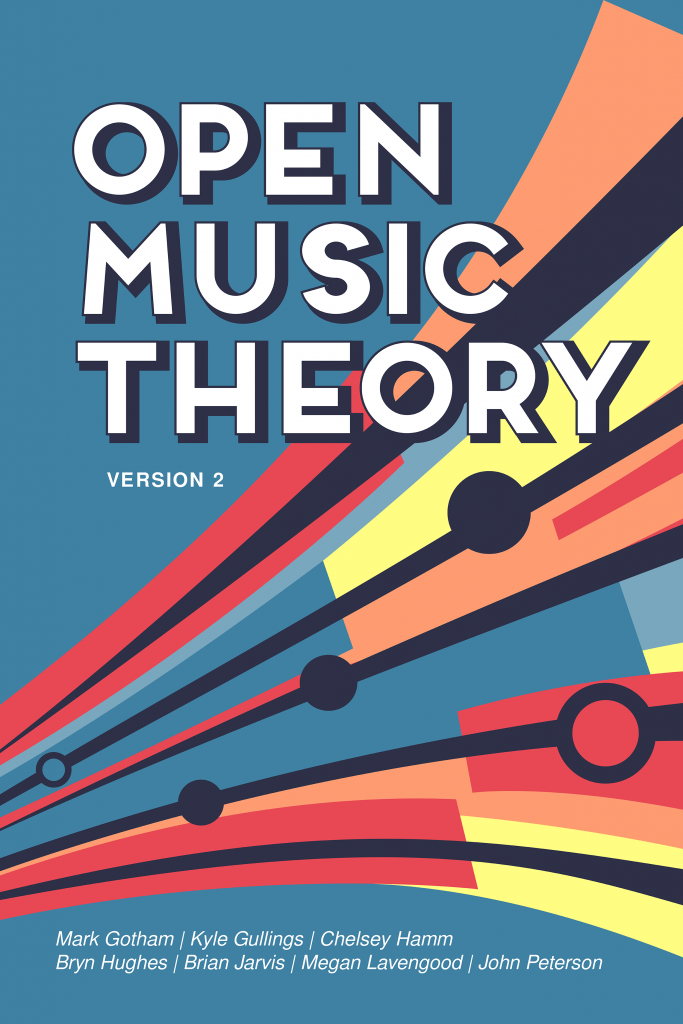
Open Music Theory (OMT) is an open educational resource intended to serve as the primary text and workbook for undergraduate music theory courses.
Features
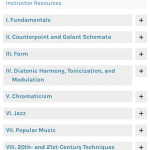
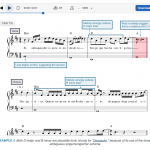
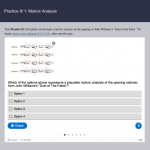
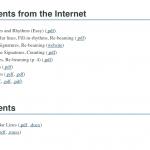
No cost
Unlike textbooks from big name publishers which cost hundreds of dollars, OMT is completely free to use.
Mobile-friendly
The whole textbook is natively online and responsive to mobile devices, which means students can comfortably use the textbook on their smartphones.
Diverse topics
OMT provides not only the material for a complete traditional core undergraduate music theory sequence (fundamentals, diatonic harmony, chromatic harmony, form, 20th-century techniques), but also several other units for instructors who have diversified their curriculum, such as jazz, popular music, counterpoint, and orchestration. This was made possible through collaboration between many different music theorists with expertise in these subfields.
Flexible curriculum design
This book covers all the topics in a traditionally-conceived theory sequence, but the sections in OMT need not be taught in a specific order. Most sections are written so that a student only needs familiarity with music fundamentals before studying a given approach or repertoire, which makes this book an excellent choice for schools with modular curricula. Each section’s introduction clearly states what prerequisite knowledge is assumed for that section.
Inclusive
The authors of OMT carefully selected music examples to represent people of diverse races and genders.
Multimedia
OMT takes full advantage of the online and web-based format and includes audio and video examples throughout. Where traditional textbooks instead create a roadblock for students by requiring them to navigate to a separate website or perform the examples themselves, OMT has embedded these things directly alongside the text for easy access.
Interactive
Many chapters include interactive content that allow students to easily test their knowledge on a concept and immediately find the correct answer, facilitating self-teaching.
Workbook
Each chapter (with a few exceptions) features at least one accompanying worksheet intended to serve as a homework assignment on the topic. Worksheets are always given as PDFs and as an editable format (MuseScore or Word document). This allows flexibility for students to complete the assignment on paper or on their devices, and for instructors to edit the assignments to better fit their own goals. Many chapters also collect links to other online resources for studying music theory.
Instructor resources and community
Answer keys, exams, sample course outlines, a discussion board, and more are available in our Humanities Commons group, so that any instructor using OMT can share material with others (more information below).
Version 2
Version 2 of this textbook is collaboratively authored by Mark Gotham, Kyle Gullings, Chelsey Hamm, Bryn Hughes, Brian Jarvis, Megan Lavengood, and John Peterson.
Each author led certain parts of the textbook. Dr. Hamm led fundamentals and co-led Post-tonal; Dr. Gotham led the Anthology, 12-tone Serialism, and Orchestration sections; Dr. Gullings led the assignments and workbook for all chapters; Dr. Hughes co-led Pop and Post-tonal; Drs. Jarvis and Peterson led Harmony and Form; Dr. Lavengood led Jazz and co-led Pop and edited many of the chapters of the book. Furthermore, each chapter individually lists the authors that wrote that chapter.
While the majority of our chapters are entirely new to OMT v. 2, we are indebted to the vision of Version 1. Version 1 was built on resources authored by Kris Shaffer, Bryn Hughes, and Brian Moseley, edited by Kris Shaffer and Robin Wharton, and is published by Hybrid Pedagogy Publishing. Version 1 will continue to live at http://openmusictheory.github.io.
Accessibility
We are committed to the principles of accessibility on the web.
- We use some less-standard terminology to help readers who use screen readers; in particular, we never use a capital/lowercase letter M to distinguish major and minor qualities, and instead use the abbreviations “ma” and “mi.” Hopefully this nomenclature will become more common over time.
- While capital and lowercase do reflect quality in Roman numerals, quality can also be inferred from context and is thus not essential information for screen readers.
- Alt text is provided for all images.
- Many examples and homework assignments use MuseScore, which is an accessible score reader.
If you notice something that we can do better, please let us know through Suggestions and Feedback.
Updates
We do not make major changes to the content or organization of the book during the school year (September–May) to avoid disrupting classroom instruction. We will, however, continue to fix small mistakes and improve aesthetics between versions, as this is one of the benefits of our open access format. Use Suggestions and Feedback to report any typos, broken links, or anything else you might come across that needs fixing, as well as ideas for new content. Any time we have a major update, we will list it in the changelog.
Resources and Community for Instructors
Are you unsure how to use this book in your courses? Would you like access to answer keys for worksheets, or sample exams? We have set up a community for instructors on Humanities Commons so that anyone using OMT can share material with other instructors. The community also has a discussion board. Fill out this form to request an invitation to the instructor community.
Media Attributions
- table-of-contents © Megan Lavengood is licensed under a CC BY-SA (Attribution ShareAlike) license
- musescore-embed © Megan Lavengood is licensed under a CC BY-SA (Attribution ShareAlike) license
- interactive-content © John Peterson is licensed under a CC BY-SA (Attribution ShareAlike) license
- workbook © Chelsey Hamm is licensed under a CC BY-SA (Attribution ShareAlike) license

